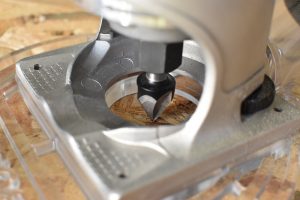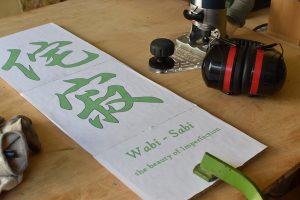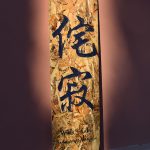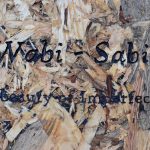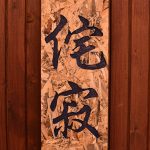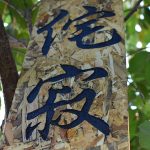As time goes by, my idea of what to consider “perfect”, in my own Design as well as in my life, is getting closer to its opposite: the imperfection.
In a world where plans and actions are someway ruled by patterns or templates (being them physical or procedural), imperfections are still a tangible evidence of an author’s hand and personality. His/her real value added, if you prefer.
Yeah, I can hear your thoughts: “You can’t reach perfection in what you do, so you’re taking this as an excuse for your failures“. Well, it might be that..
You know what? Keep reading and decide for yourself.
Free your mind!
(from now on I'll be straight with you...)
